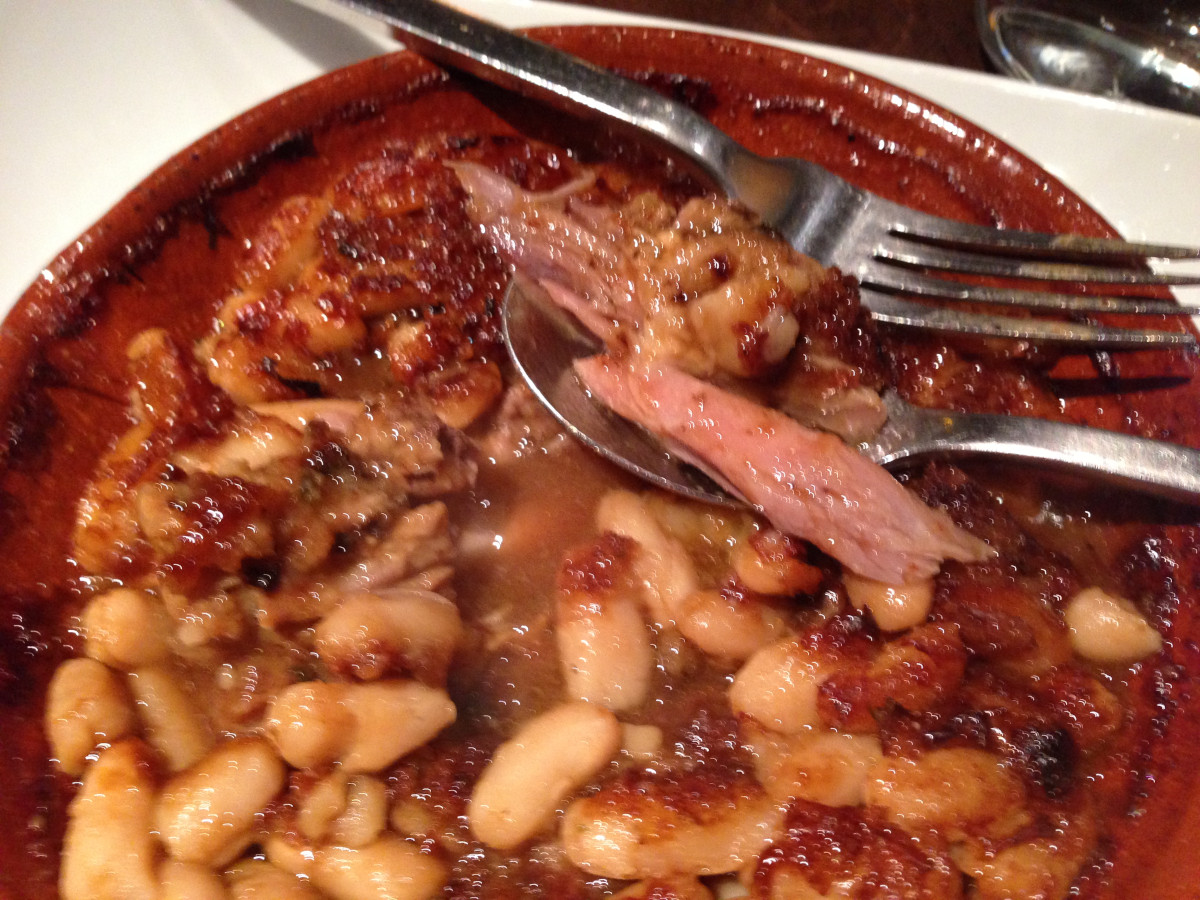Savouring the foods and drinks of the Languedoc region
Gastronomy is a definite highlight of a visit to Toulouse and not just because it’s the home of cassoulet. We’ll investigate that warming dish in this post and try and unravel what might be in the highly secret recipe. But we mustn’t neglect Toulouse sausages, the great duck versus goose debate, the many uses of violet as a flavouring or sweet treats like the apricot-and-almond delight which is fénétra. And then there’s the wine. Obviously. We’ll hear too from writers who lingered in the Languedoc and wrote enticingly about the delicious morsels and gargantuan feasts they savoured.
an introduction
Toulouse has a number of fantastic food markets, most notably the Marché Victor Hugo which dates from the 19th century and has over 200 stalls, but wherever you shop at you’ll notice that two things are paramount when food shopping in Toulouse. The produce should be local and it should be in season. Local specialities include lots of meat – pork, especially from the Noir de Bigorre, or black-haired pig, plus duck, goose and associated patés and confits. It also means fish and seafood from nearby coasts and an abundance of fruit and vegetables, including ‘lauragais beans’ from the area around Castelnaudary. Seasonal treats include asparagus, which is at its best in April and a host of summer berries and vegetables.
cassoulet

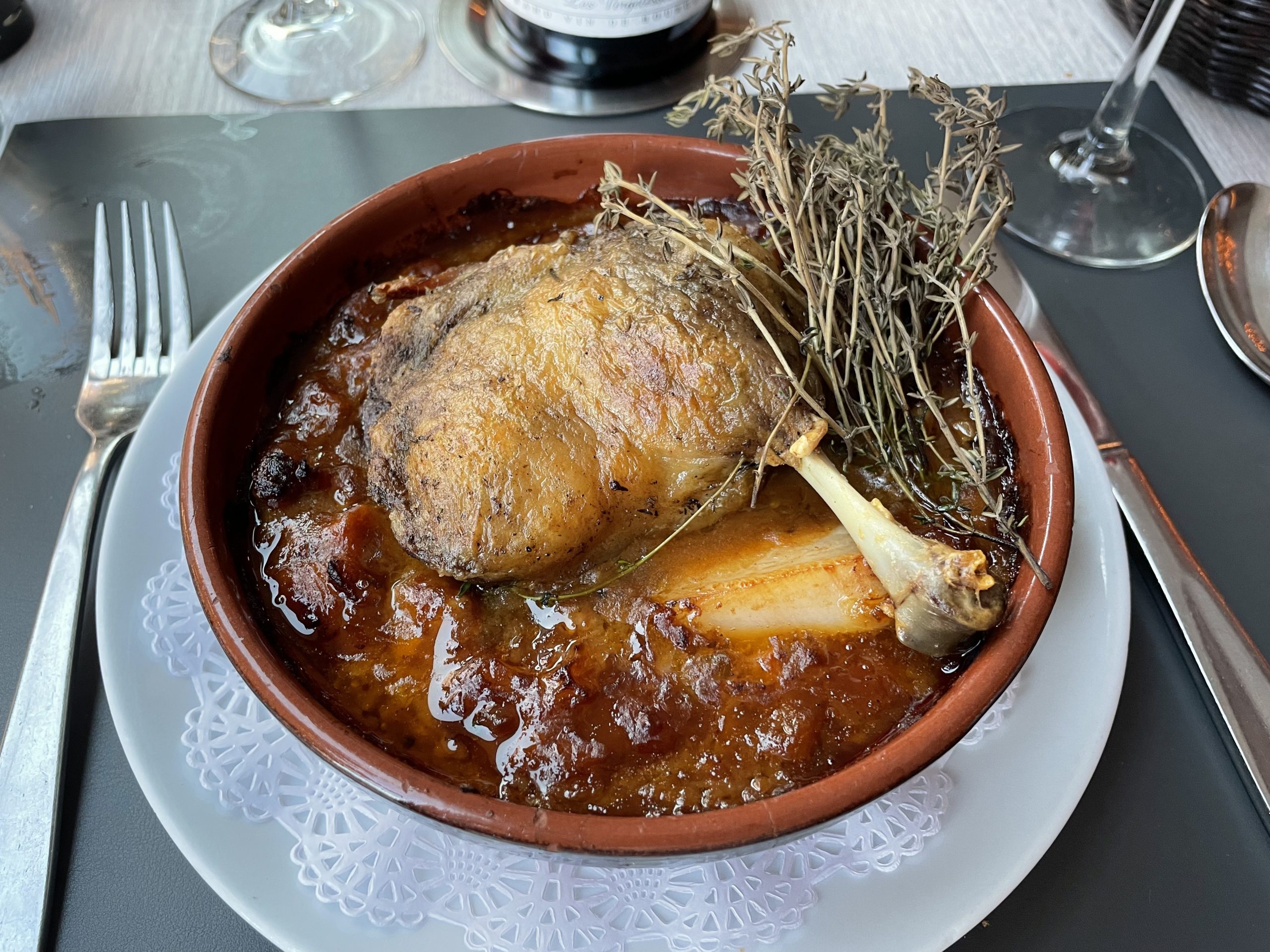
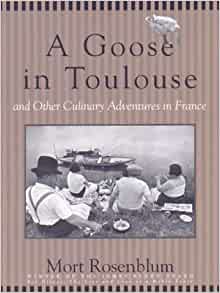
If there’s one dish to sum up Toulouse, it’s cassoulet. Various origin myths are told on the podcast. Today, it’s eaten all over south- western France, but the cassoulet ‘Golden Triangle’ is said to comprise Toulouse, Castelnaudary (where it may – or may not – have been invented) and Carcassonne. Chefs all have their own recipes, but the Confraternité du Grand Cassoulet is said to guard the original, authentic one. Generally, cassoulet is a very meaty dish, featuring some or all of pork, sausage, duck and goose in a garlicky broth with beans, perhaps haricot beans or the locally grown ‘lauragais’ beans. Whatever the exact ingredients, it is always a one-pot dish.
Cassoulet is much-discussed. There are a number of quotations – positive and negative! – on the podcast, but here’s just one, from Ann Kathleen Ure’s essay in Floating Through France: ‘My favourite was the cassoulet served at the Hotel Restaurant du Lauragais. Their simmery stew was beautifully served in its own crock with a light oven-browned bread crumb crust. The crispy-skinned duck leg protruded at a perfect angle. The sausage was delightfully seasoned and juicy. And the beans ….. they were a wonderful blend of both pureed and individual legumes, the latter with their identities firmly intact.’
toulouse sausages
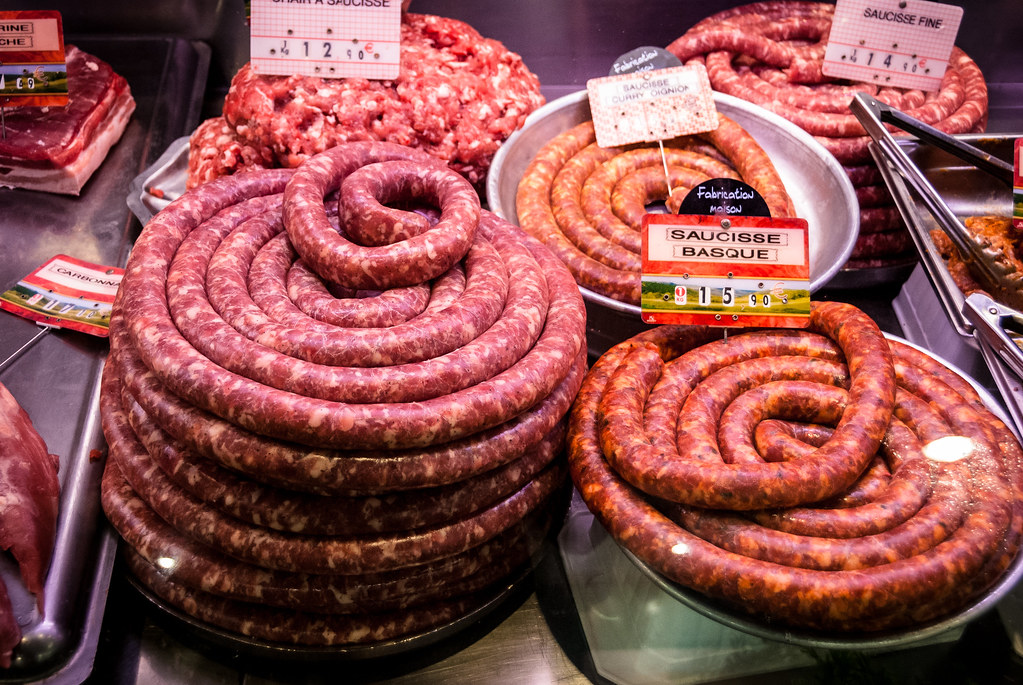
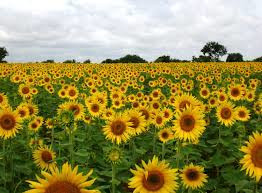
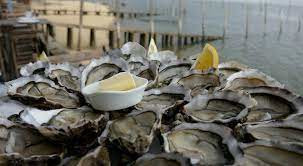
Toulouse sausages are so revered that they have protected status! So only sausages actually made in or around Toulouse should have the name – although I don’t think this news has reached my local (British!) supermarket. By law, no ‘mystery ingredients’ or preservatives are permitted. A real Toulouse sausage will contain a simple mixture of pork, red wine, garlic and smoked bacon.
the duck versus goose debate
Both are popular and a source of regional pride. Mort Rosenblum, author of A Goose in Toulouse, met a fine specimen of goose at an agricultural show and described him as ‘a real bruiser, with barrel chest and broad back. Fluffy feathers covered a thick neck. His head was high and proud, with a noble bill.’ He also explains the duck versus goose debate, citing a restaurant owner who was utterly convinced that for cassoulets, confits and foie gras, only one bird would do: ‘Not goose. Duck.’ But others disagree and think there is no finer bird than a Toulouse goose, bred for at least 81 weeks in the open air and fed only on locally sourced herbs and grain.
fish and oysters
A Toulouse fish stall is likely to be bursting with goodies. Perhaps langoustines and crayfish, prawns and crabs, turbot and mackerel, sardines and anchovies. And oysters are a popular delicacy, best served in autumn, winter and spring, as described by Rupert Wright in Notes from the Languedoc: ‘You can douse them in vinegar, but I prefer a squeeze of lemon, just enough to make them squirm, then you loosen them from the shell and swallow them, but not before a quick chew to extract the flavour. They taste of the sea, but without the salt.’
wine
Wine has been produced in this region since Roman times and today there’s a huge variety of everything from vins de table to fine wines, both red (from Grenache and Cabernet Sauvignon grapes) and white (for example Sauvignon Blanc and Muscat Sec). Order a verre (small glass), a ballon (bigger, round glass) or a pichet (jug) There’s a lot more on wine from this area on the podcast.
cheese and desserts
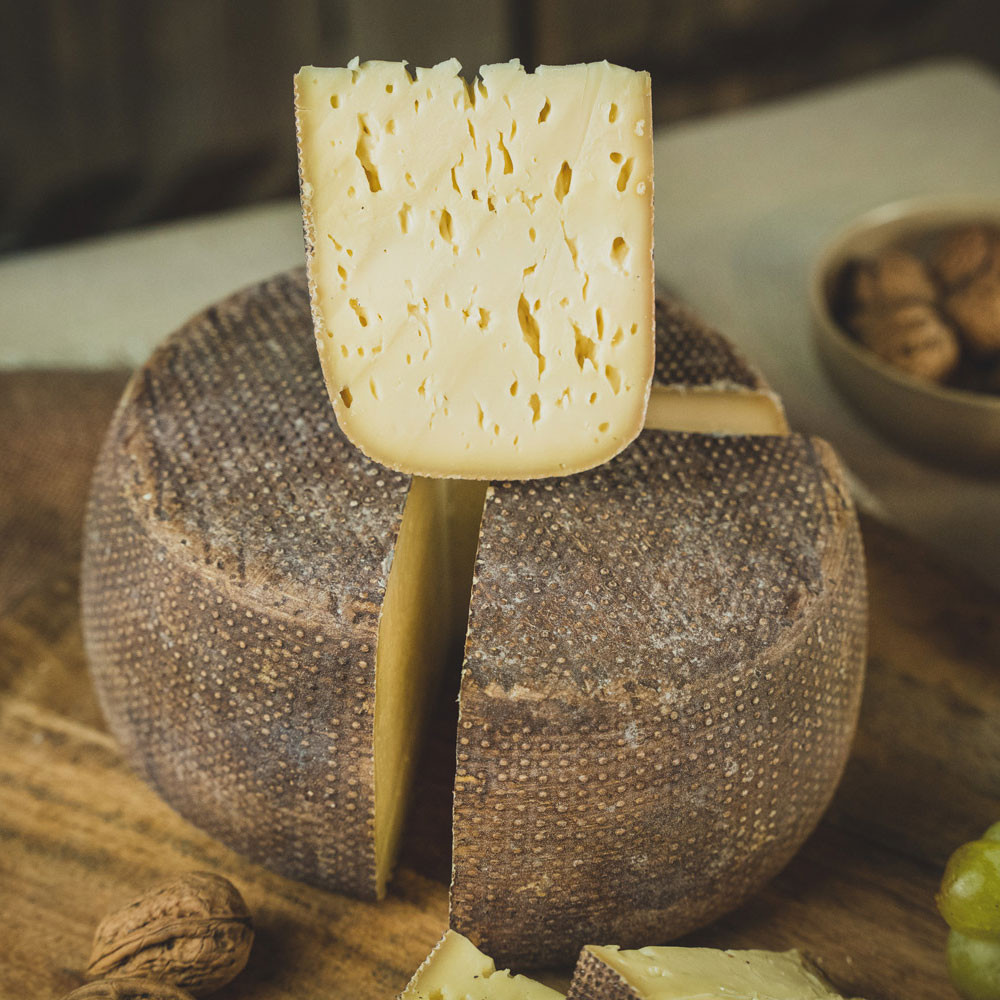
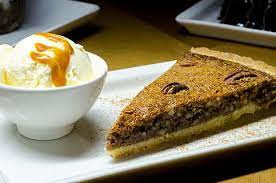
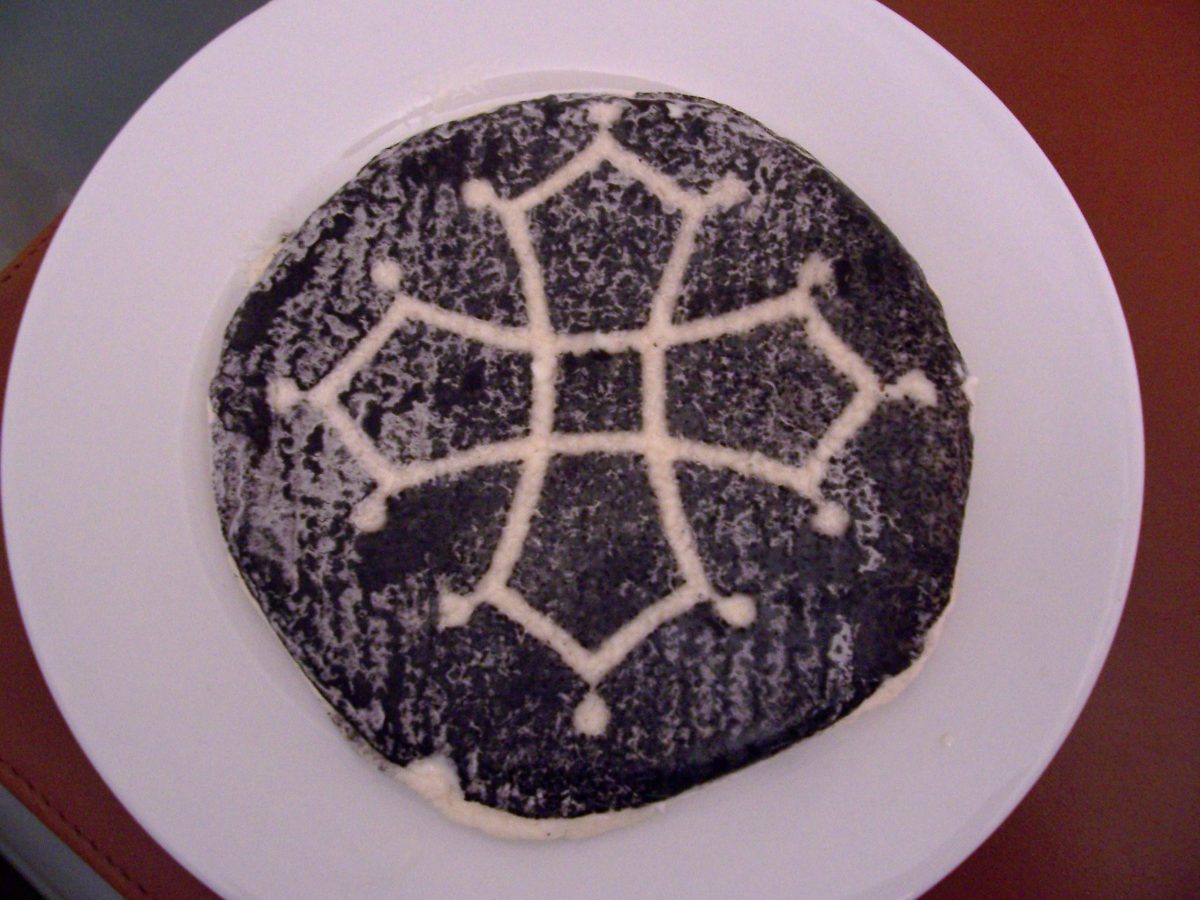
Lesser-known local cheeses include Le Moulis, a buttery cheese full of holes – good with a glass of red – and Le Cathare, a nutty goat’s cheese dusted with wood ash and emblazoned with a Cathar cross. Sweet specialities include fénétra, a traditional cake made from almond shortbread, apricots and candied lemons and Caraques, rounds of bright green (yes, really!) almond-flavoured pastry topped with a chocolate ganache. Many sweet dishes are flavoured with violets and you can buy violet jams, jellies and liqueurs as souvenirs.
au restaurant
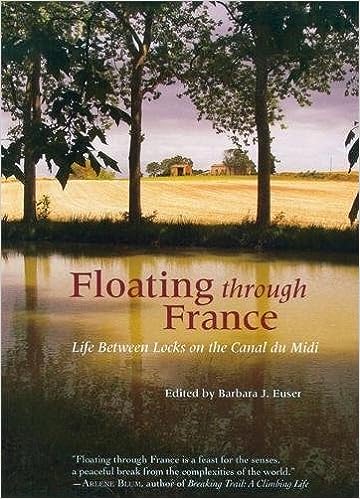
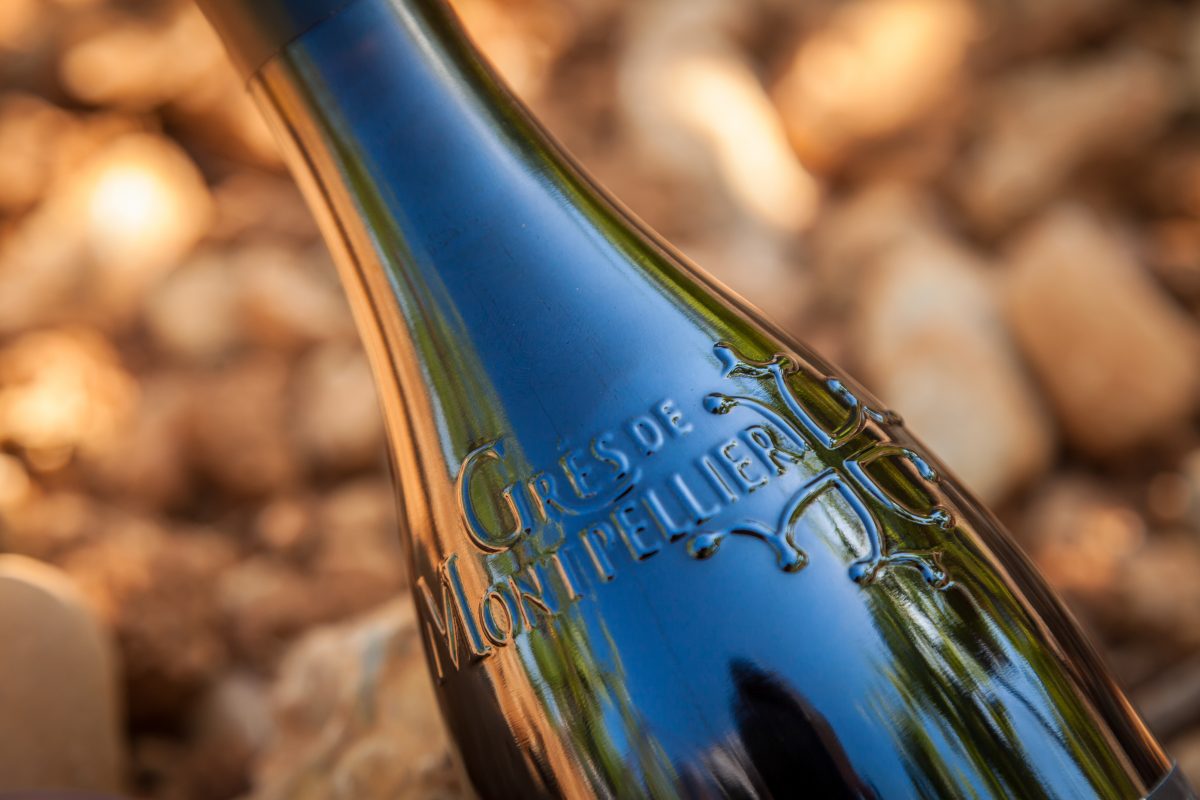

Connie Burke, writing in Floating Through France, stopped at the Relais Riquet restaurant one evening, where the menu offered ‘marinated scallops bedded in leeks, grilled scampi – the special of the day – and a platter of garlic mussels and sea snails for two.’ Rupert Wright, author of Notes from the Languedoc, slipped down the Canal du Midi at dusk in search of his ideal restaurant where he dreamt of finding his perfect Languedoc meal: ‘I envisaged a pot au feu, a good bottle of Languedoc red wine, some Reblechon cheese, black coffee, perhaps even a glass of brandy.’
Listen to the POdcast
Reading Suggestions
Floating through France by April Orcutt Life Between Locks on the canal du Midi
Notes from the Languedoc by Rupert Wright
A Goose in Toulouse and other Culinary Adventures by Mort Rosenbaum (only one chapter on Toulouse)
Virgile’s Vineyard, A Year in the Languedoc Wine Country by Patrick Moon
Arrazat’s Aubergines: Inside a Languedoc Kitchen by Patrick Moon
links for this post
Previous Episode Carcassonne and Toulouse Lautrec
This is the last episode in the Toulouse series
Last Updated on November 21, 2024 by Marian Jones

